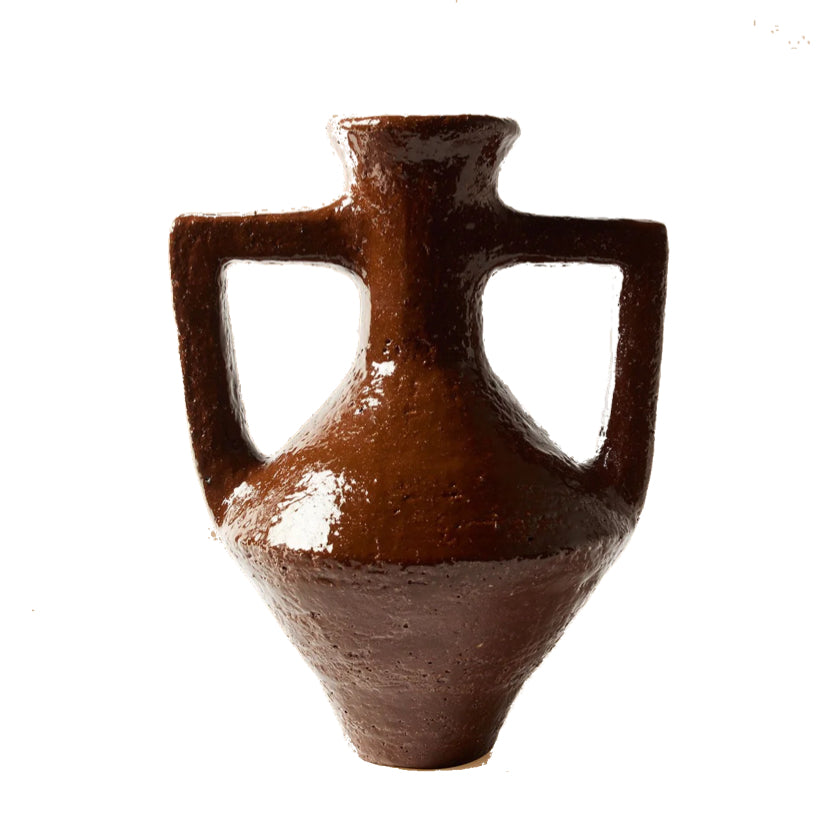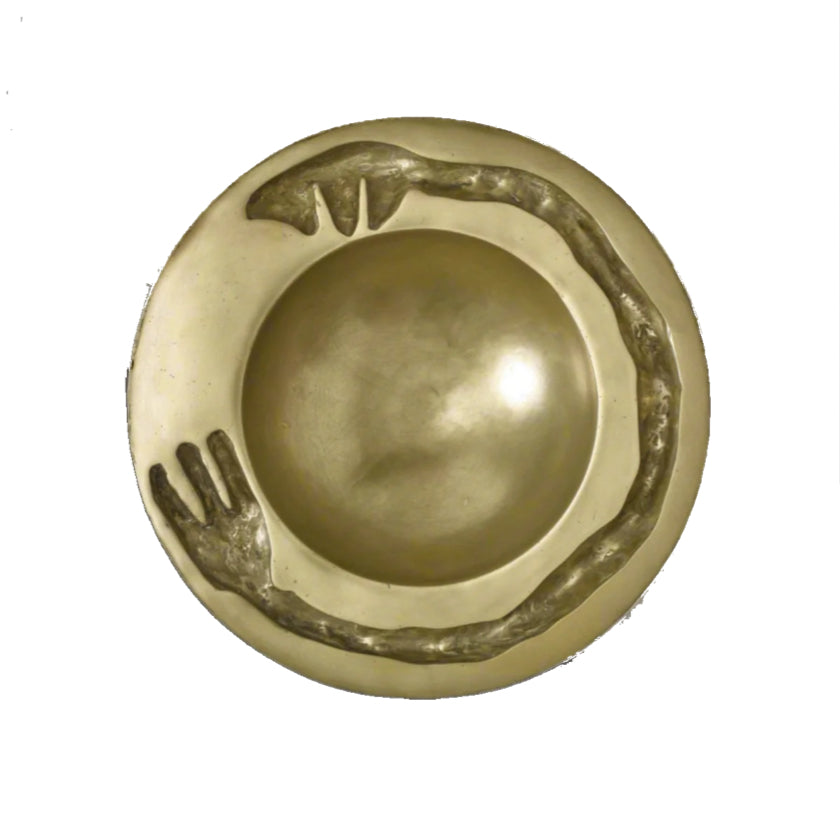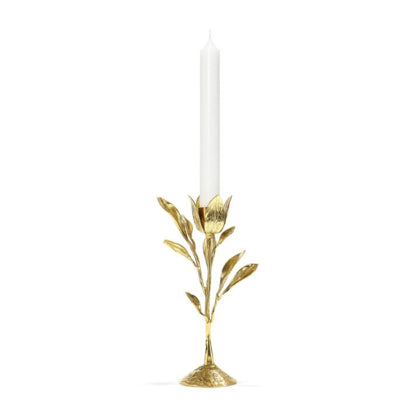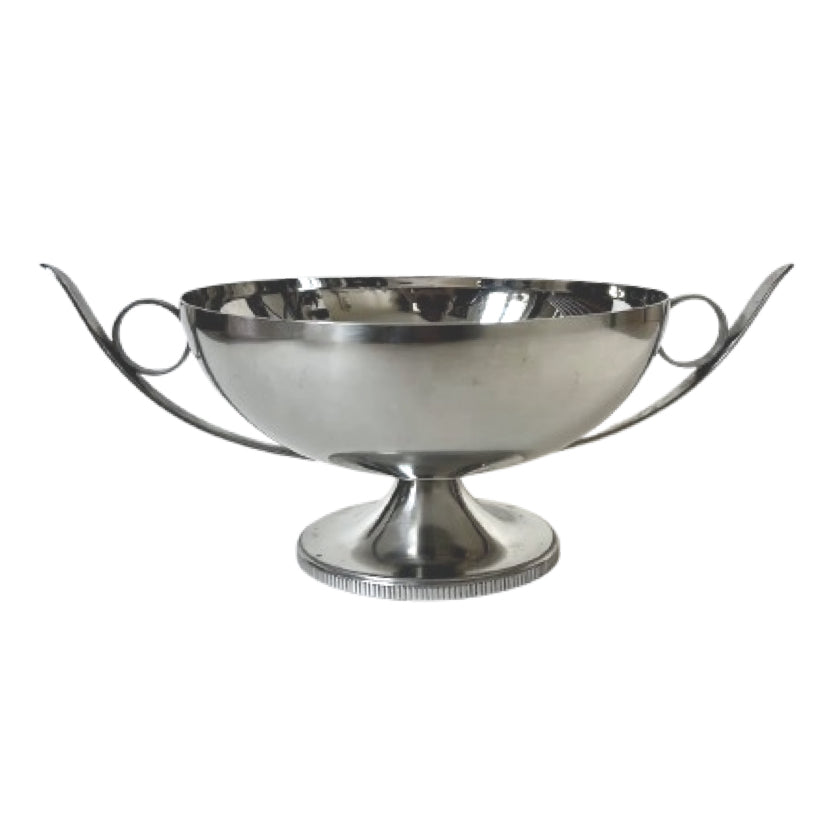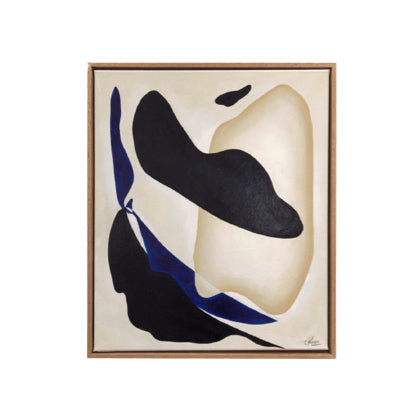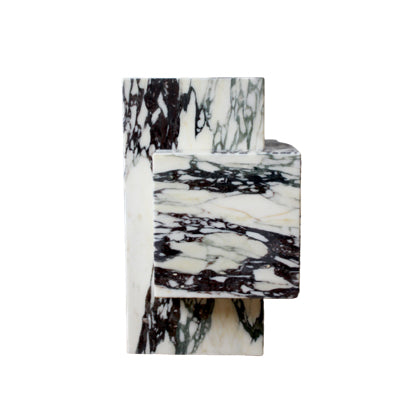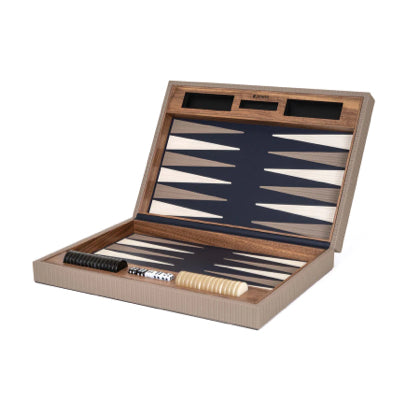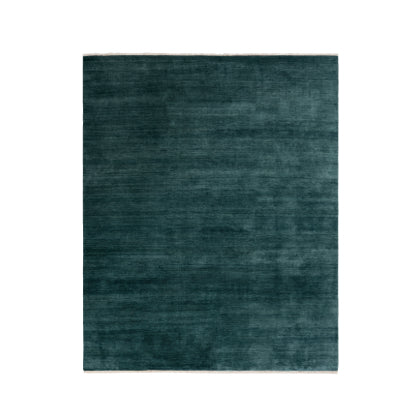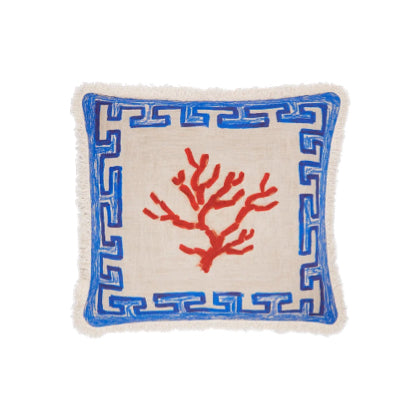Ceramic artists
Understanding the Essence of Ceramic Artists
This exploration leads to remarkable sculpture that captivates and inspires.
Ceramics as a medium offer endless possibilities for creativity. Artists often experiment with different clays, glazes, and firing techniques to push the boundaries of traditional pottery. This exploration leads to remarkable sculptures that captivate and inspire. Our collection reflects this spirit of innovation, emphasizing pieces that not only serve as functional objects but also as artistic expressions that provoke thought and emotion.
The beauty of this collection lies not only in the individual artworks but also in their ability to connect with viewers. Each ceramic piece holds a narrative, inviting observers to engage with its form and texture. By highlighting the work of talented ceramicists, we aim to foster a deeper appreciation for the craft and the skill involved in creating each piece. This dedication to showcasing the art of ceramics is what makes our collection special.
Ceramics have a rich history that dates back thousands of years, serving as both functional objects and forms of artistic expression. Ancient civilizations, from the Egyptians to the Chinese, have left behind exquisite pottery that showcases their craftsmanship and cultural identity. The art of ceramics has evolved over time, reflecting the societal values, technological advancements, and aesthetic preferences of different eras. From simple earthenware to intricate porcelain, these pieces not only served practical purposes but also acted as a canvas for storytelling and cultural significance.
The significance of ceramics extends beyond mere utility; they provide insight into the lives and beliefs of those who created them. For instance, the vibrant pottery art of the Americas often depicted spiritual motifs, while Asian ceramics focused on harmony and nature. Each region’s unique clay composition and firing techniques contributed to distinct styles and finishes, making ceramics a fascinating subject of study. This diversity not only highlights the creativity of various cultures but also invites appreciation for the skill involved in crafting these beautiful objects.
Integrating pottery art into your living space can create a warm and inviting atmosphere. The unique textures and colors found in handmade ceramics bring character to any room. Consider starting with a statement piece, such as a large vase or an intricately designed bowl, placed on a coffee table or shelf. This not only serves as a focal point but also highlights the artistry involved in pottery. Mixing different styles and finishes can enhance visual interest while maintaining a cohesive look. Incorporating pottery art alongside plants or textiles adds layers to your decor, creating a harmonious blend of nature and craftsmanship.
Caring for your pottery art ensures its longevity and continues to delight you for years to come. Regular cleaning with a soft, damp cloth helps maintain the beauty of the surface. For glazed pieces, avoid abrasive materials that can scratch the finish. When displaying pottery, consider the location; direct sunlight can fade colors over time, so placing items in a shaded area is advisable. If you have unglazed or porous ceramics, be mindful of moisture and avoid using them for liquids unless they are specifically designed for it. Taking these simple steps will keep your pottery art looking vibrant and fresh.

